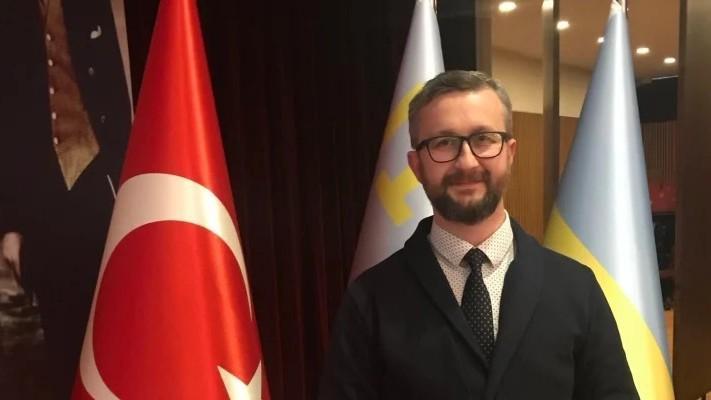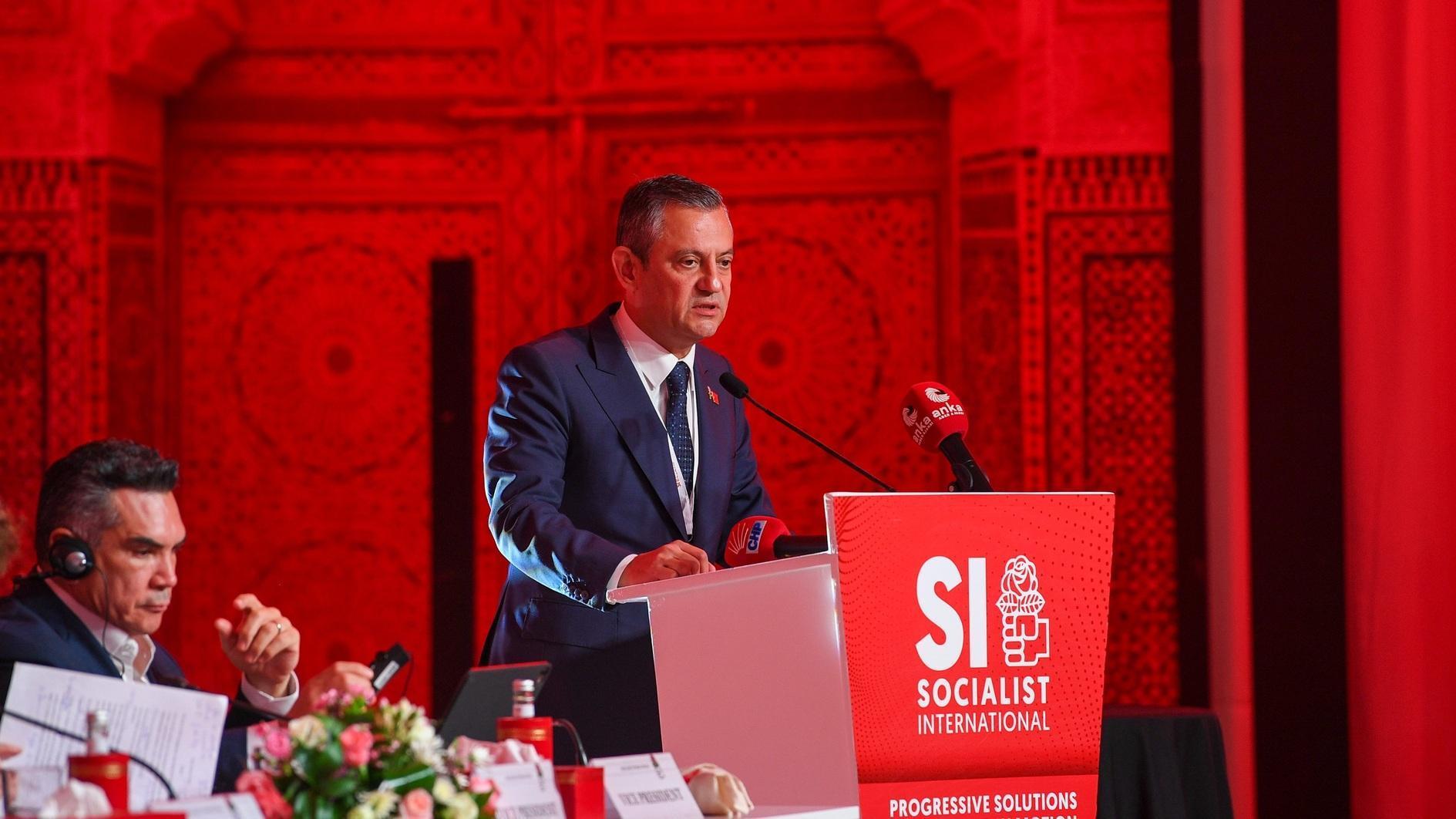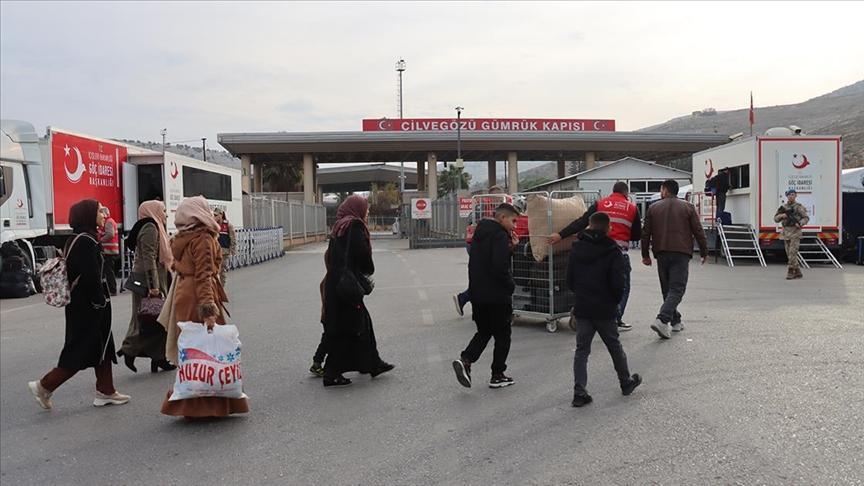Nagorno-Karabakh conundrum
The speed of the world politics as such that our attentions are diverted every day to a different part of the world, where a new, or sometimes not so-new, conflicts, crises, problems flare up. Most of the time, the world leadership, content with window dressing, fails to address their root causes and keeps them simmering until the next time they pop up, almost always “unexpectedly.” Of course, only unknown in these conflicts are when exactly they burst open again, not if. The most recent such eruption took place in the South Caucasus on the night of April 1, 2016, between Azerbaijan and Armenia over the not-so-frozen conflict of Nagorno-Karabakh.
Amid the immense media posturing from both sides, with abundant accusations and speculations regarding the immediate reason for fighting, it was no surprise for the region watchers, who have been signaling towards increased tension in recent months across the cease-fire line.
To recap the well-known history of the crisis, even if we forgo its historic nature dating back to the early 20th century, the latest episode dates back to late 1988, when Azerbaijanis and Armenians started to position themselves before their impending independence. When the eventual full-scale war ended with a cease-fire in 1994, it left approximately 20 percent of Azerbaijan’s territory, including the Nagorno-Karabakh region, under Armenian control, resulting in about a million refugees on both sides.
Despite the years of negotiations under the auspices of the Organization for Security and Cooperation in Europe (OSCE) Minsk Group, there has been no tangible move towards solution. The co-chairs of Minsk Group consisting of Russia, France and the U.S. have been accused frequently of aiming to maintain the status quo rather than find a lasting solution. In the meantime, the dispute continued with occasional flares that left more than 3,000 people, mostly soldiers, dead along the cease-fire line.
Thus the latest fighting was just another, though the most serious so far, scene of the same movie. Although Azerbaijani and Armenian casualty figures differed widely, it seems that at least dozens of people have been killed. The timing of the recent confrontation seemed curious, as the presidents of both countries were in the U.S. for the Nuclear Security Summit, and the usage of heavy weapons such as tanks on both side signaled a certain escalation.
Nevertheless, amid the calls, condemnations, and warnings to ease the tension, the clashes halted after four days – until the next time presumably. The Minsk Group’s urgent meeting on the same day in Vienna unsurprisingly urged both sides to cease using force and meet for “immediate negotiations.”
The trend in military spending on both side tell another story: According to Stockholm International Peace Research Institute, both countries ranked among the top 10 countries in 2015 with military expenditure more than 4 percent of their GDPs. The years passed without any meaningful move on the diplomatic arena left Azerbaijan with a belief that an acceptable solution could only be achieved through military means.
Seeing the situation from similar lenses, Armenia, too, continue to heavily fortify its forces around the region.
The existence of such an existential threat plays to hands of political leaders on both sides, who, distracting their public away from domestic problems by playing the national unity card, find useful maneuvering space for their own political gains and future. Yet, the increases in the intensity of every successive round of clashes have a serious potential to lead to another full-scale war. It is simply too risky to play such a power game in such a volatile region. The latest tension is just another warning for us not to underestimate the urgency of the so-called frozen conflicts.











